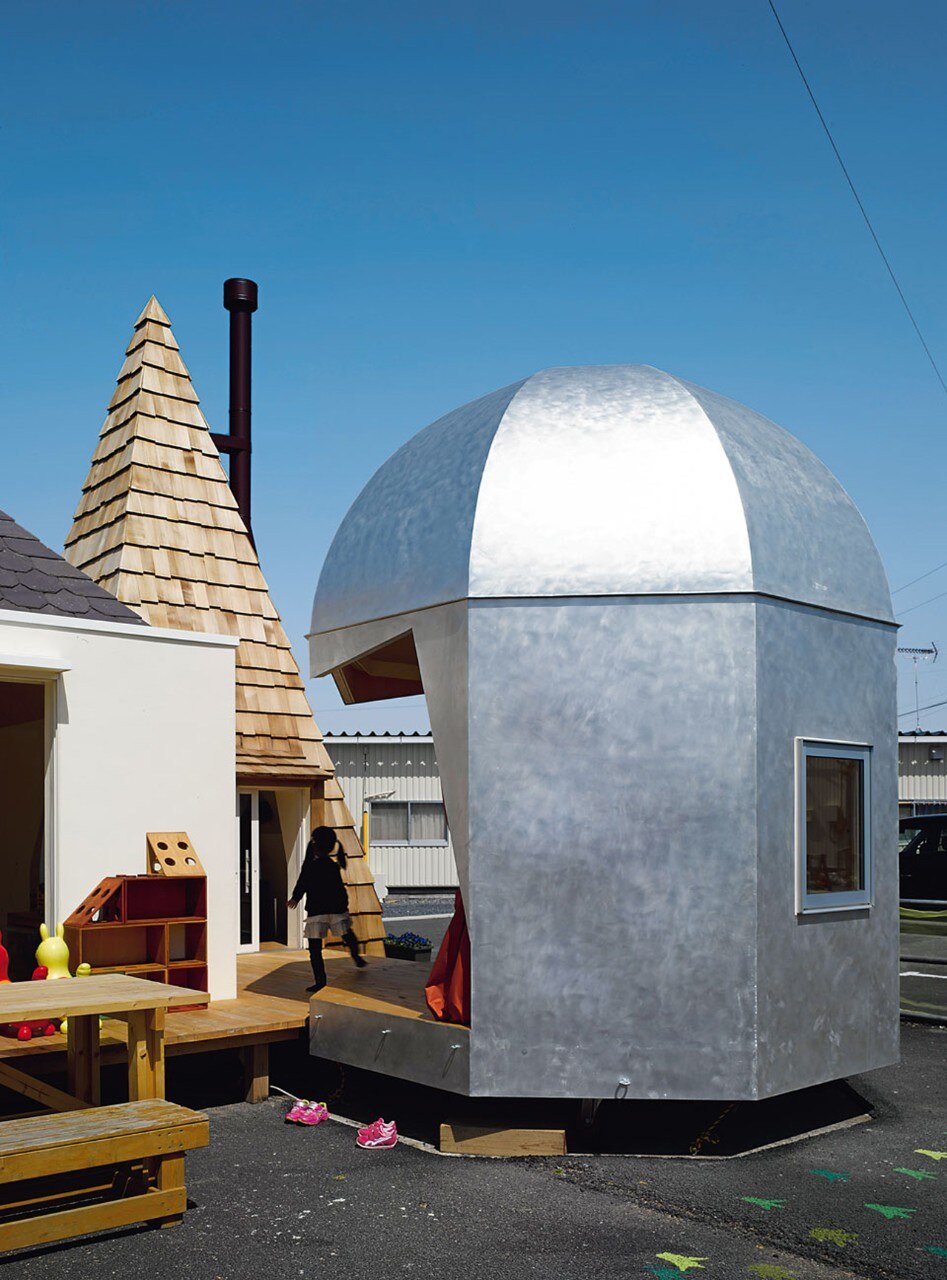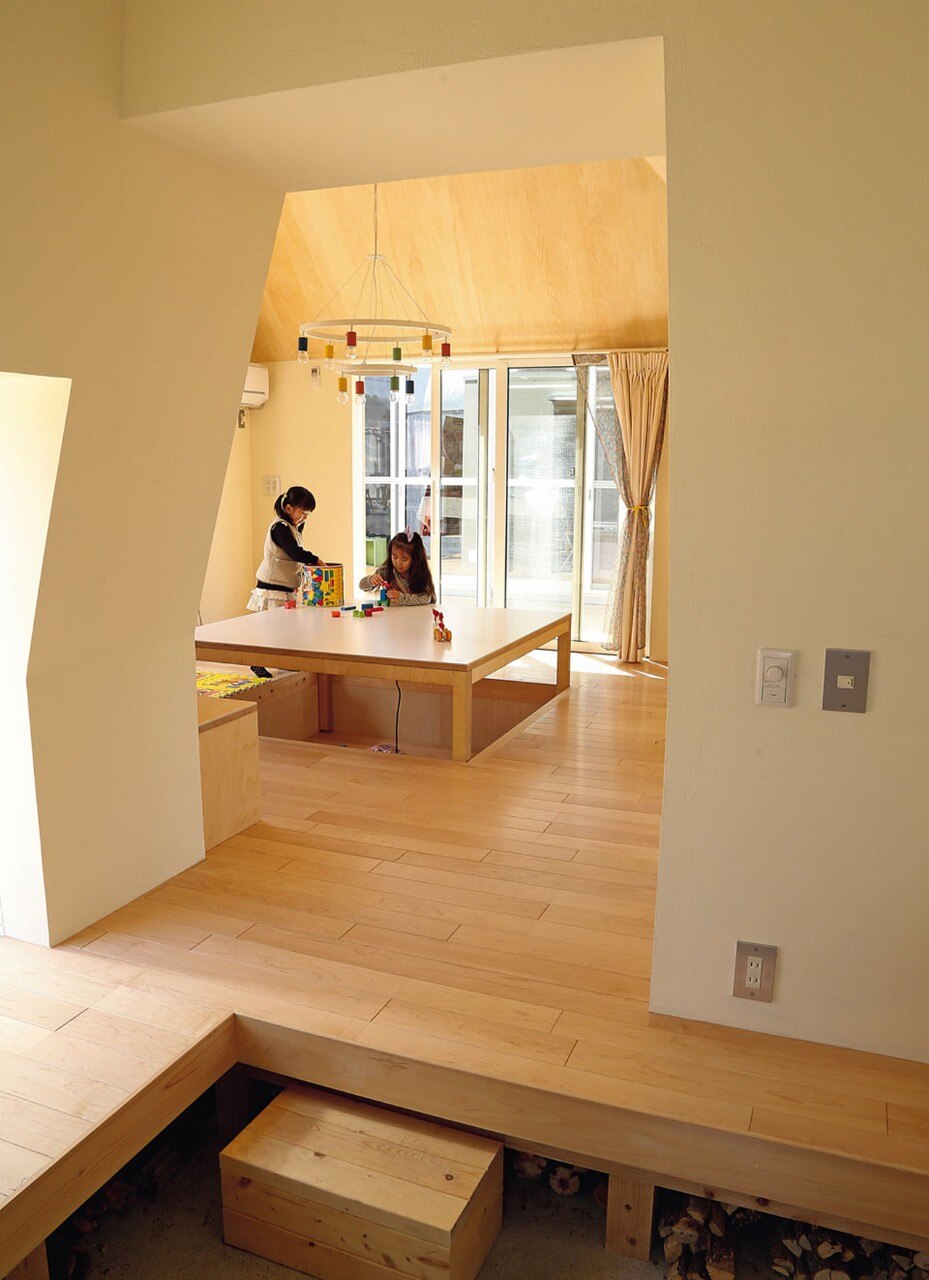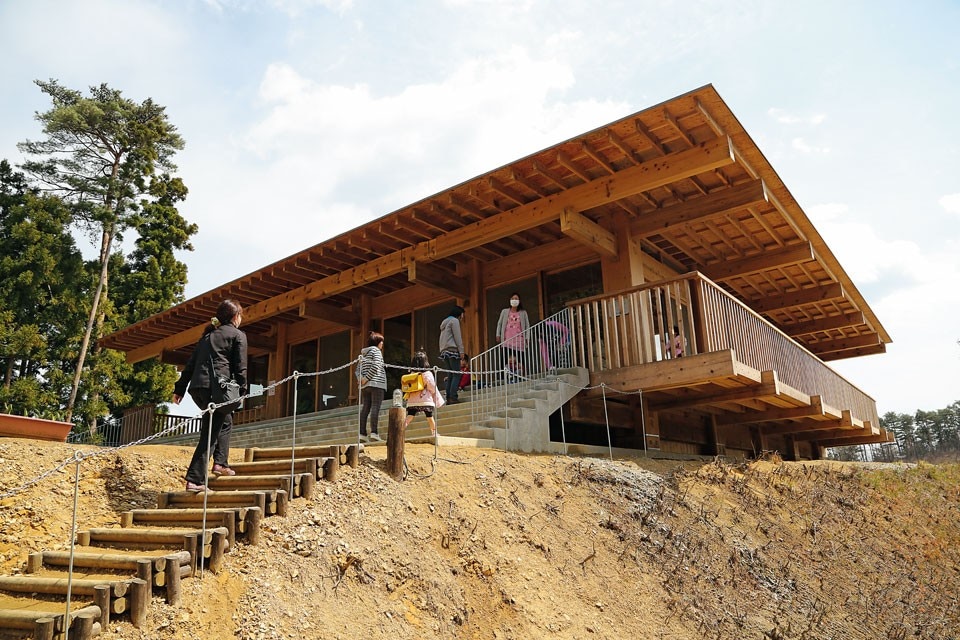This article was originally published in Domus 969 / May 2013
Disasters fade from memory. This fact is at once their tragedy and their blessing. It is an inevitable truth that the living must bury the dead, and occupy the places where the dead once lived. The survivors cannot but remember their dead and fear the power that took them away. But in order to go on living, they must in some important sense forget these things too. In this way, disasters starkly reveal a fundamental truth of life itself, compressing and amplifying the gentle rustle of generational renewal into a terrible roar of destruction.
These meditations are prompted by my encounter with a survivor of the tsunami, an irrepressible middle-aged Japanese woman named Mikiko Sugawara. We meet in front of a wood stove, in a quirky building overlooking a desolate plain of concrete foundations, roads leading nowhere and weeds. This is all that is left of Sugawara’s hometown, Rikuzentakata, once home to over 23,000 people. The building is the built realisation of one of the “Home-for-All” community centres in temporary housing zones that Toyo Ito has pioneered with a band of friends (the KISYN group, made up of Kengo Kuma, Toyo Ito, Kazuyo Sejima, Riken Yamamoto and Hiroshi Naito) and protégés since the disaster.
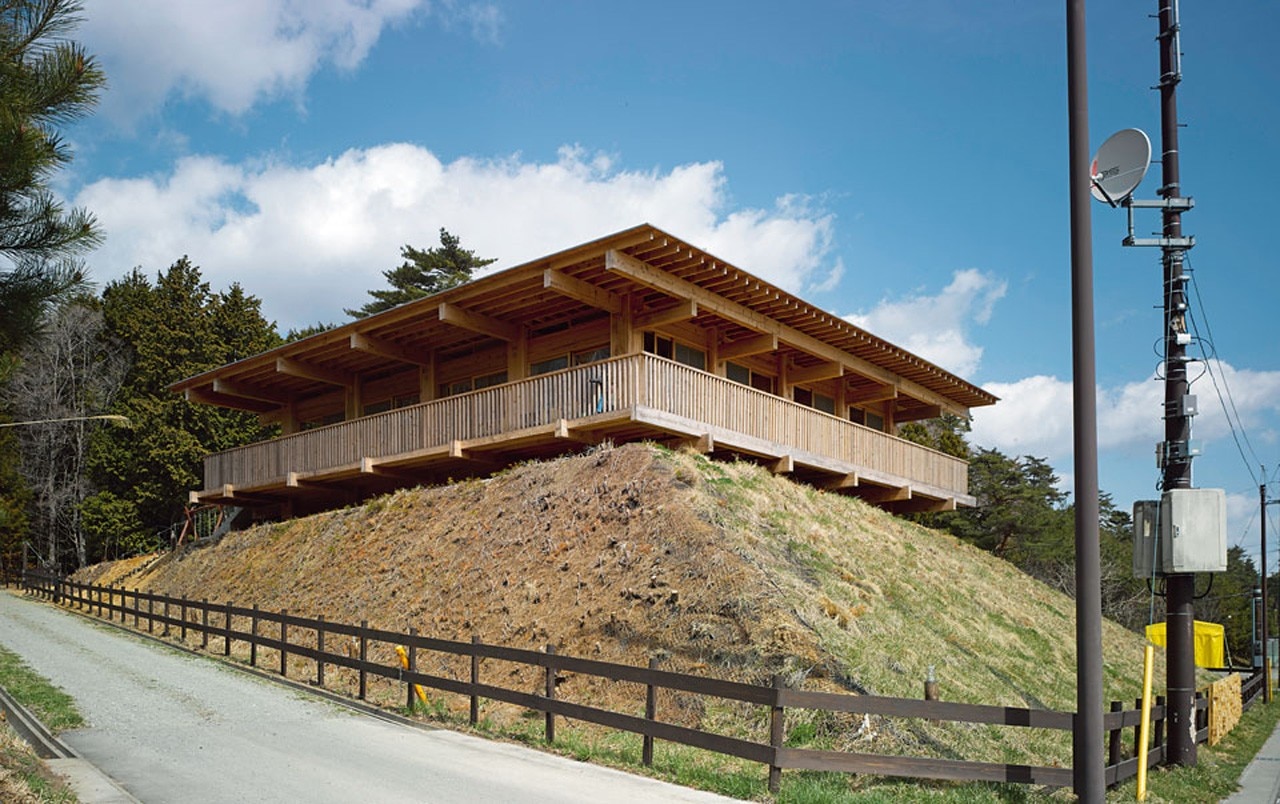
The Rikuzentakata Home-for-All was the outcome of a collaboration between Ito and the younger architects Kumiko Inui, Sou Fujimoto and Akihisa Hirat. Models documenting the project’s design process were exhibited at the Venice Architecture Biennale in 2012, along with photographs showing the scale of the devastation by Rikuzentakata native Naoya Hatakeyama.
The project was widely applauded and picked up a Golden Lion for Best National Participation, a verdict that has since been reinforced by the recent award of the Pritzker Prize to Ito. But here, looking over Rikuzentakata’s landscape of loss, reflecting on the enormity of what happened and the enormousness of the reconstruction task ahead, the glamour of Venice seems a long way away.
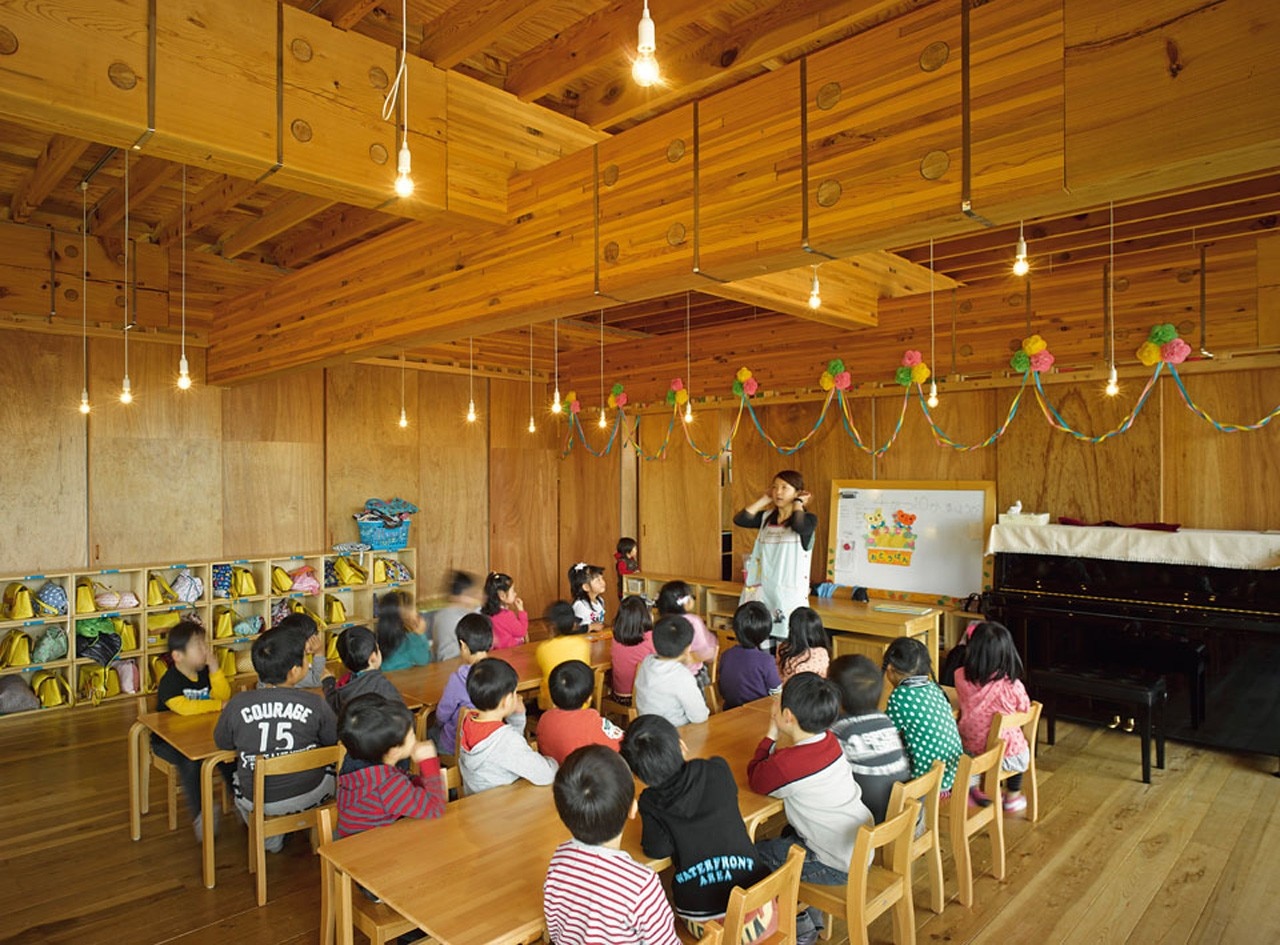
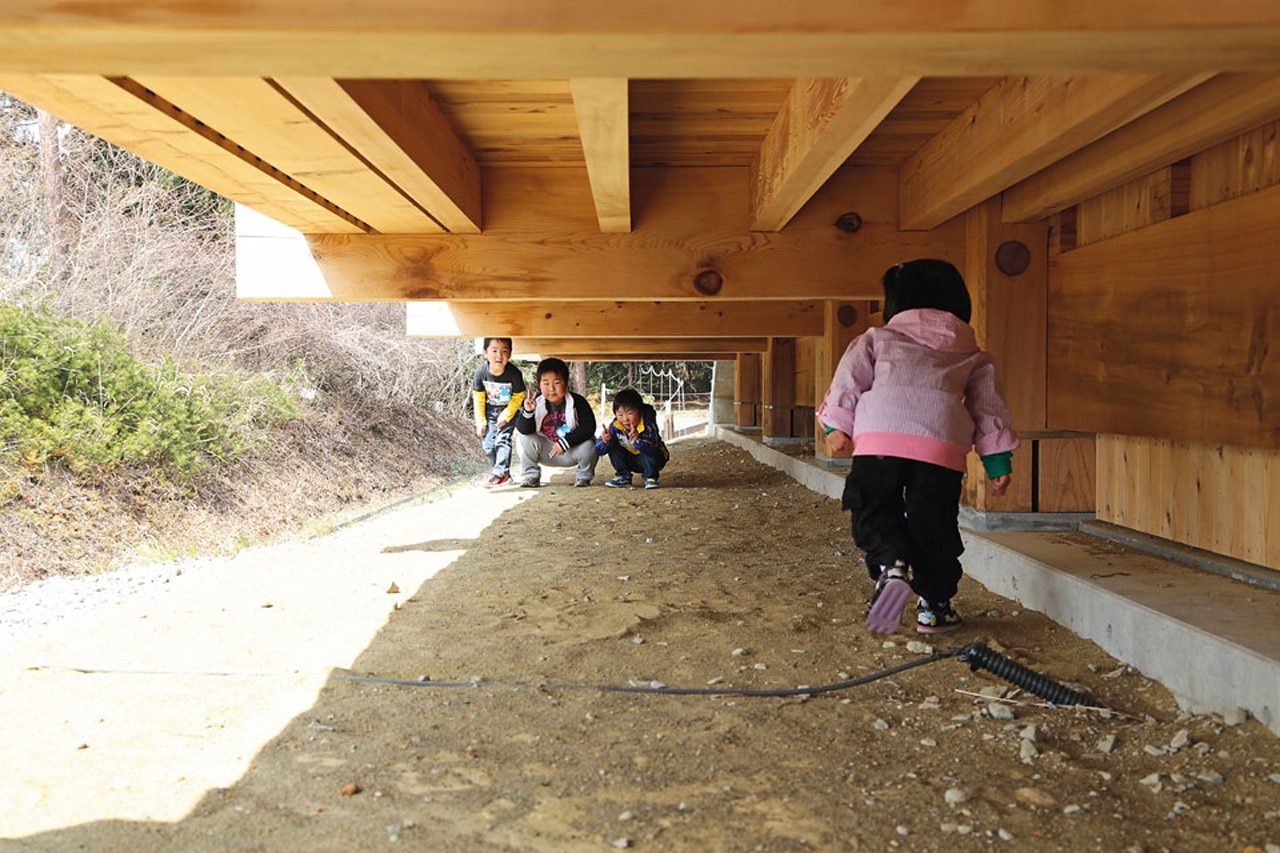
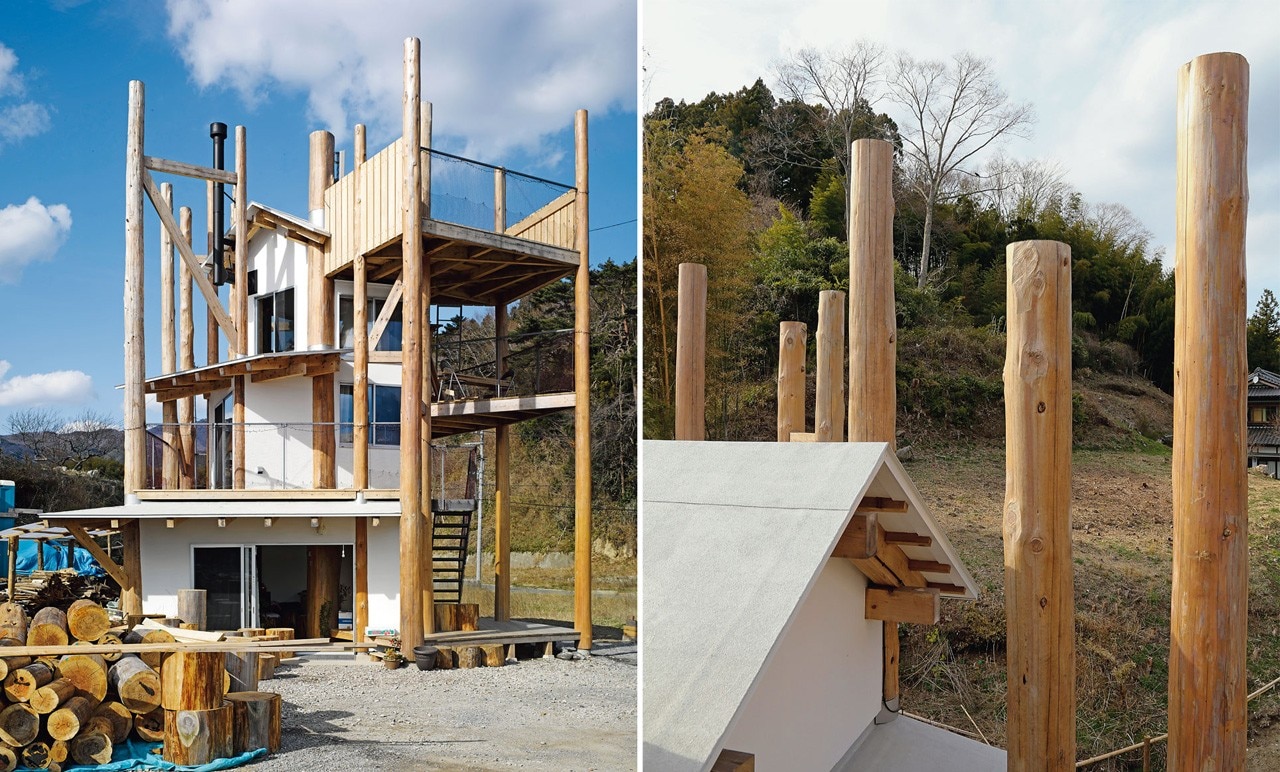
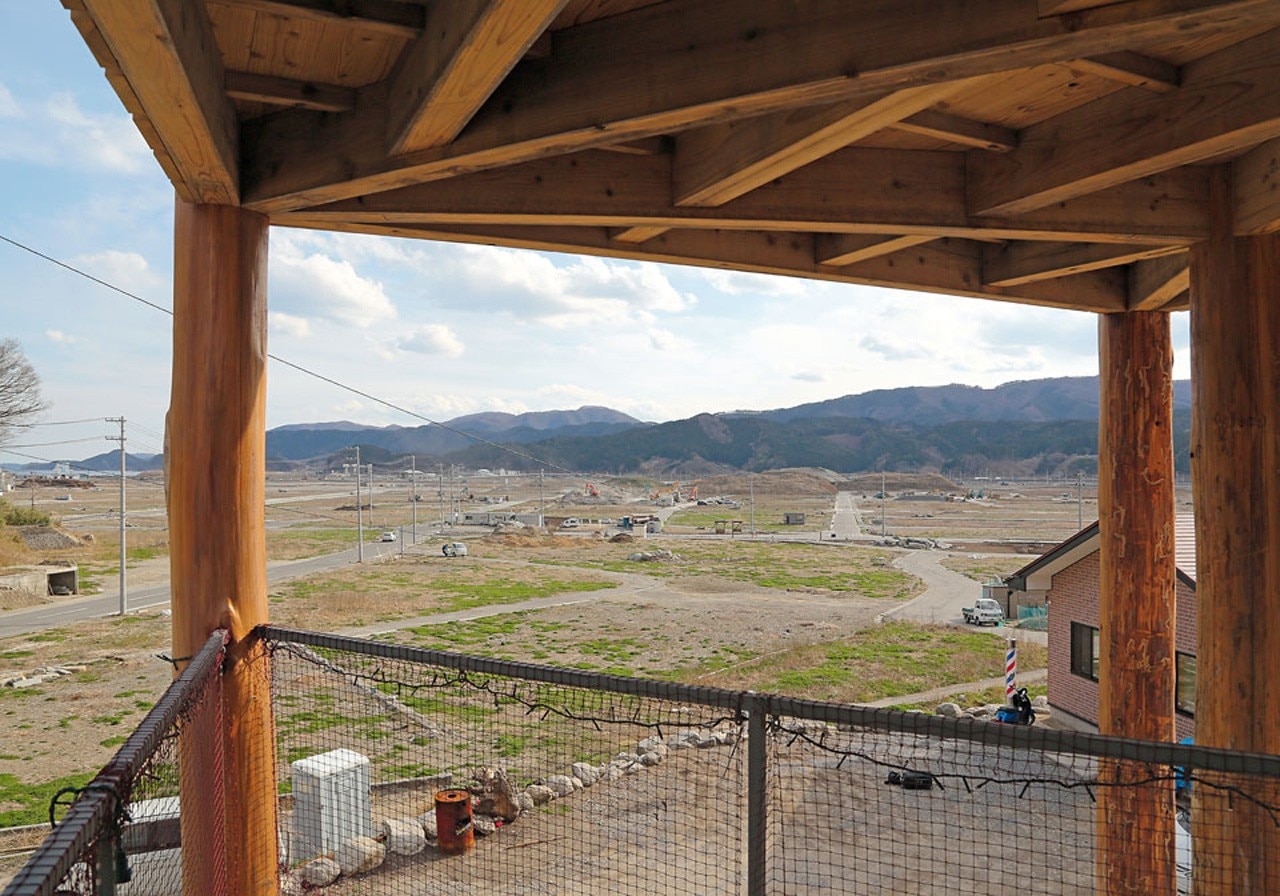
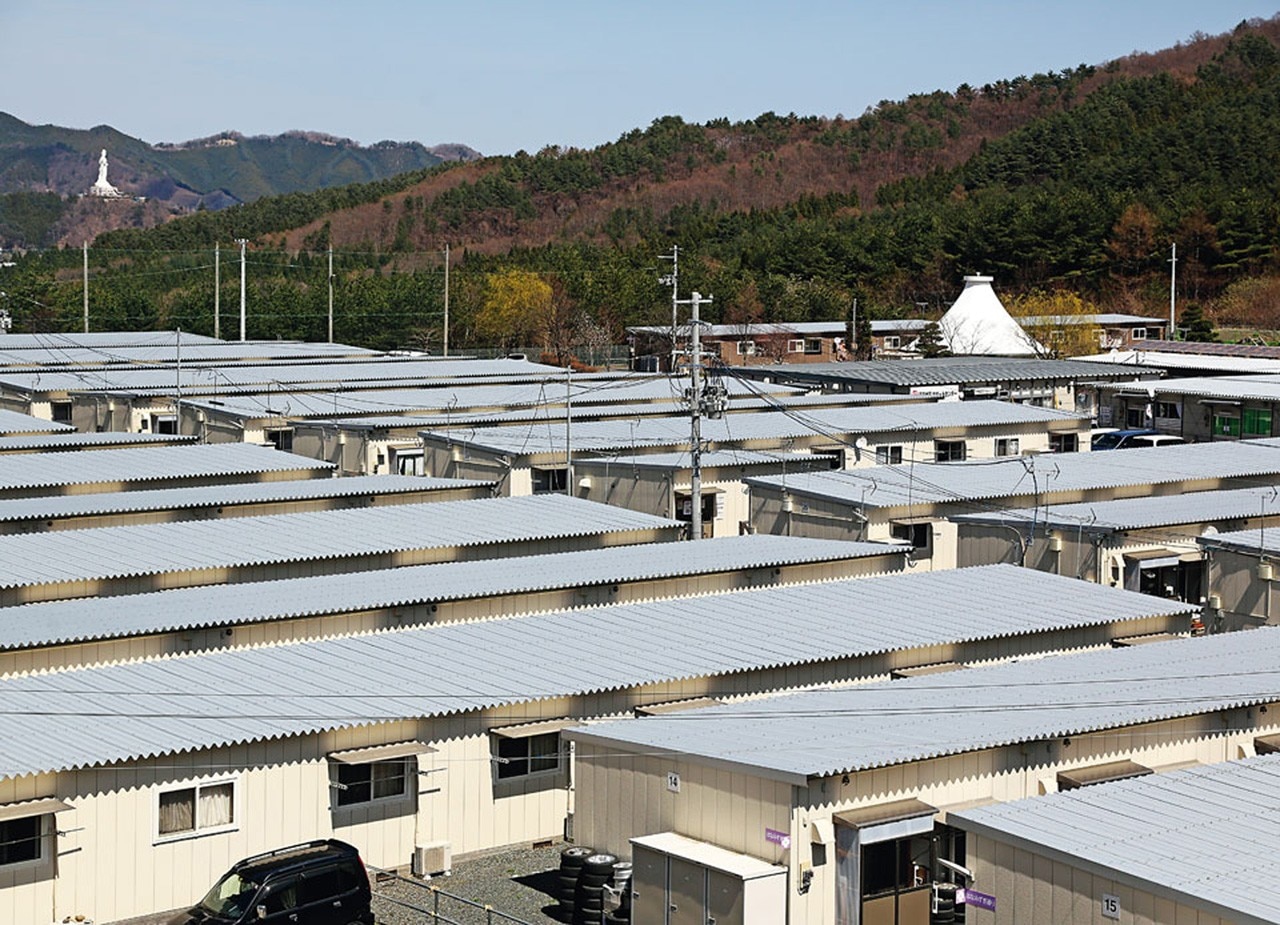
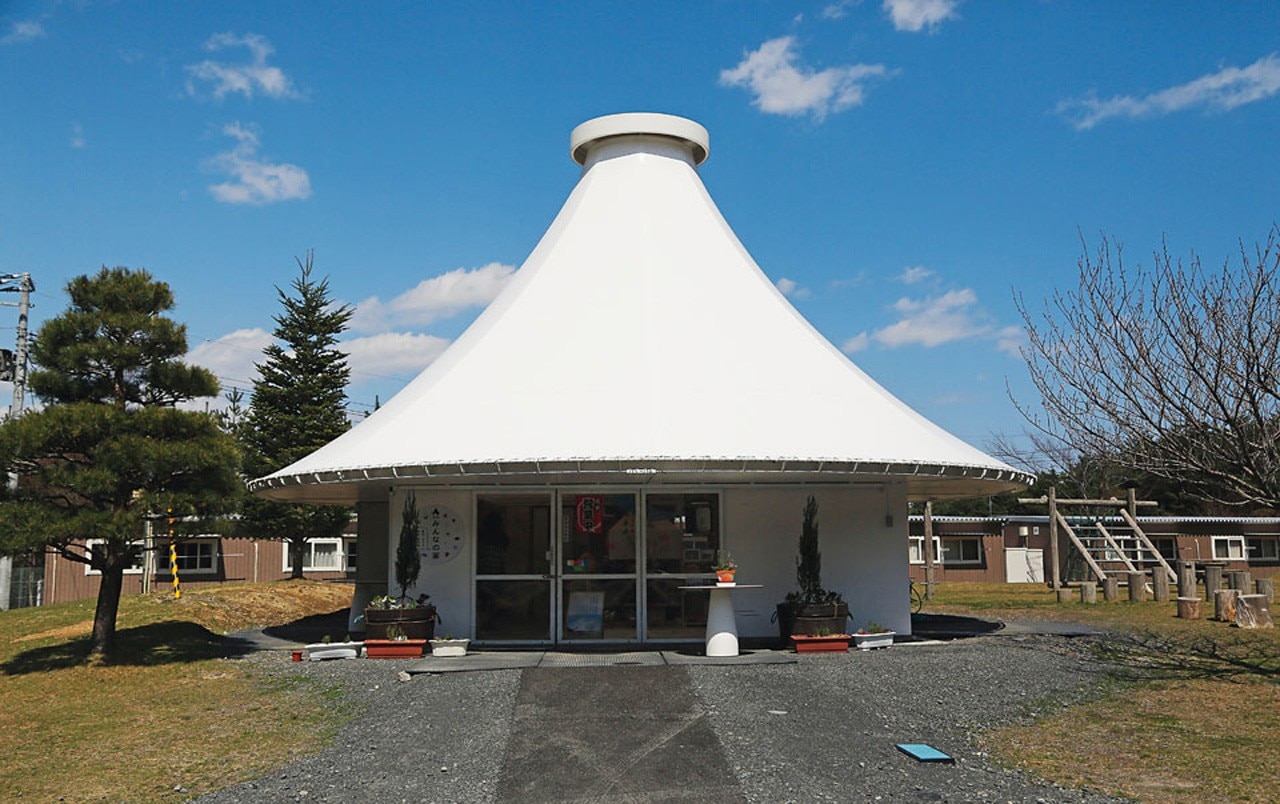
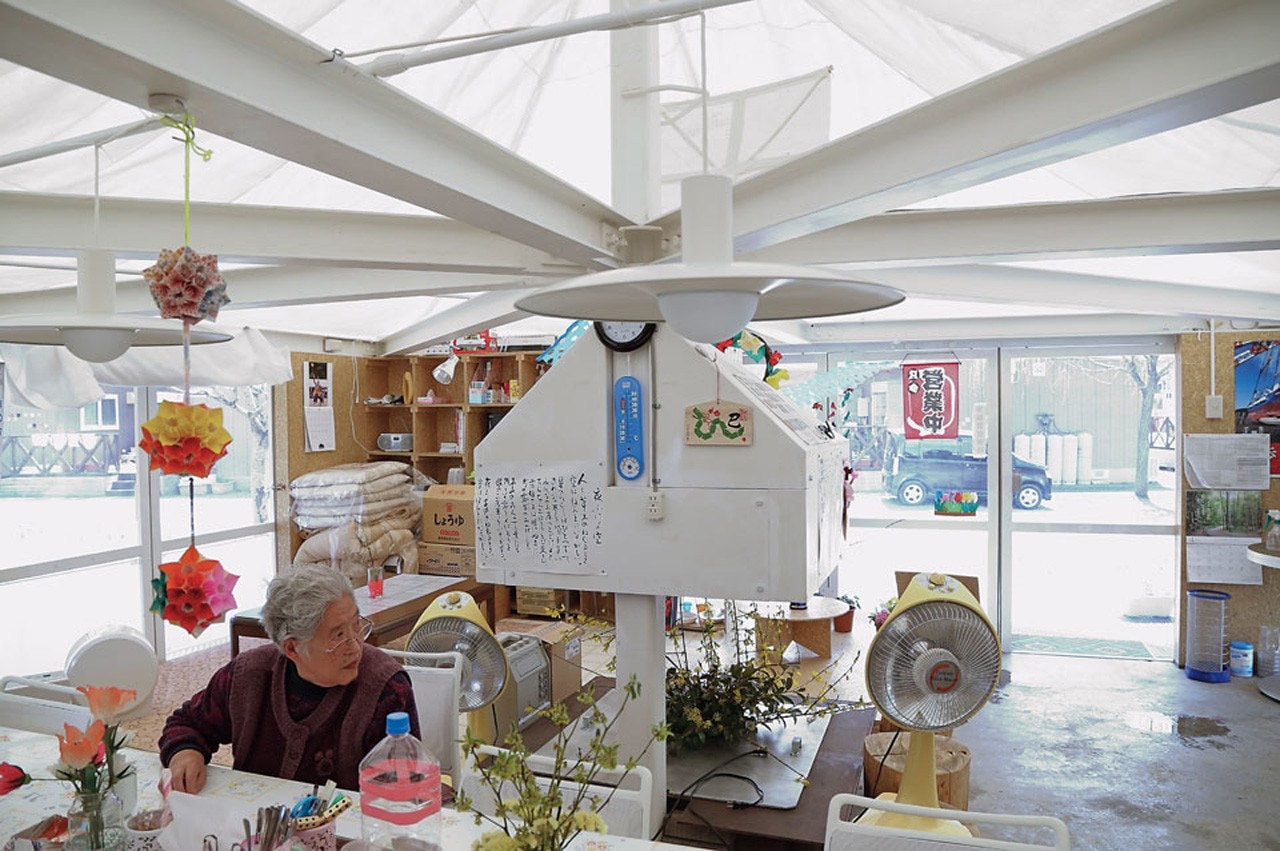
Despite being of modest scale and limited reach, these projects have frequently been more successful and appreciated by their users than official responses
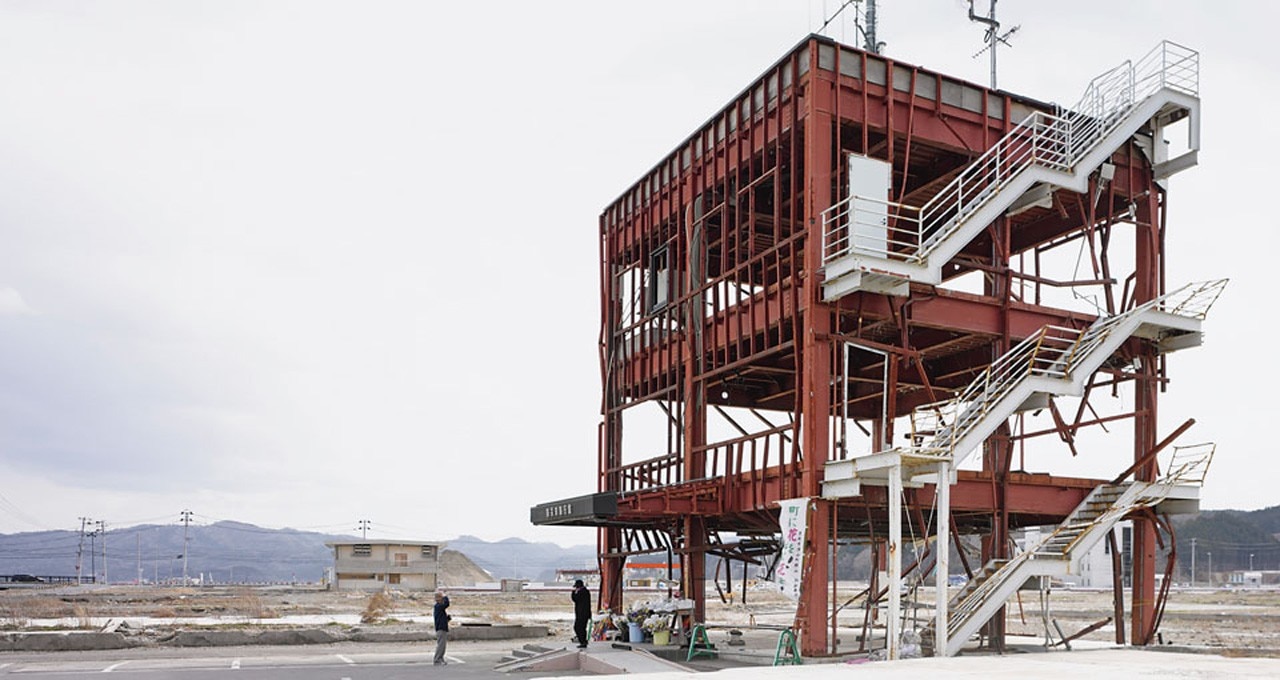
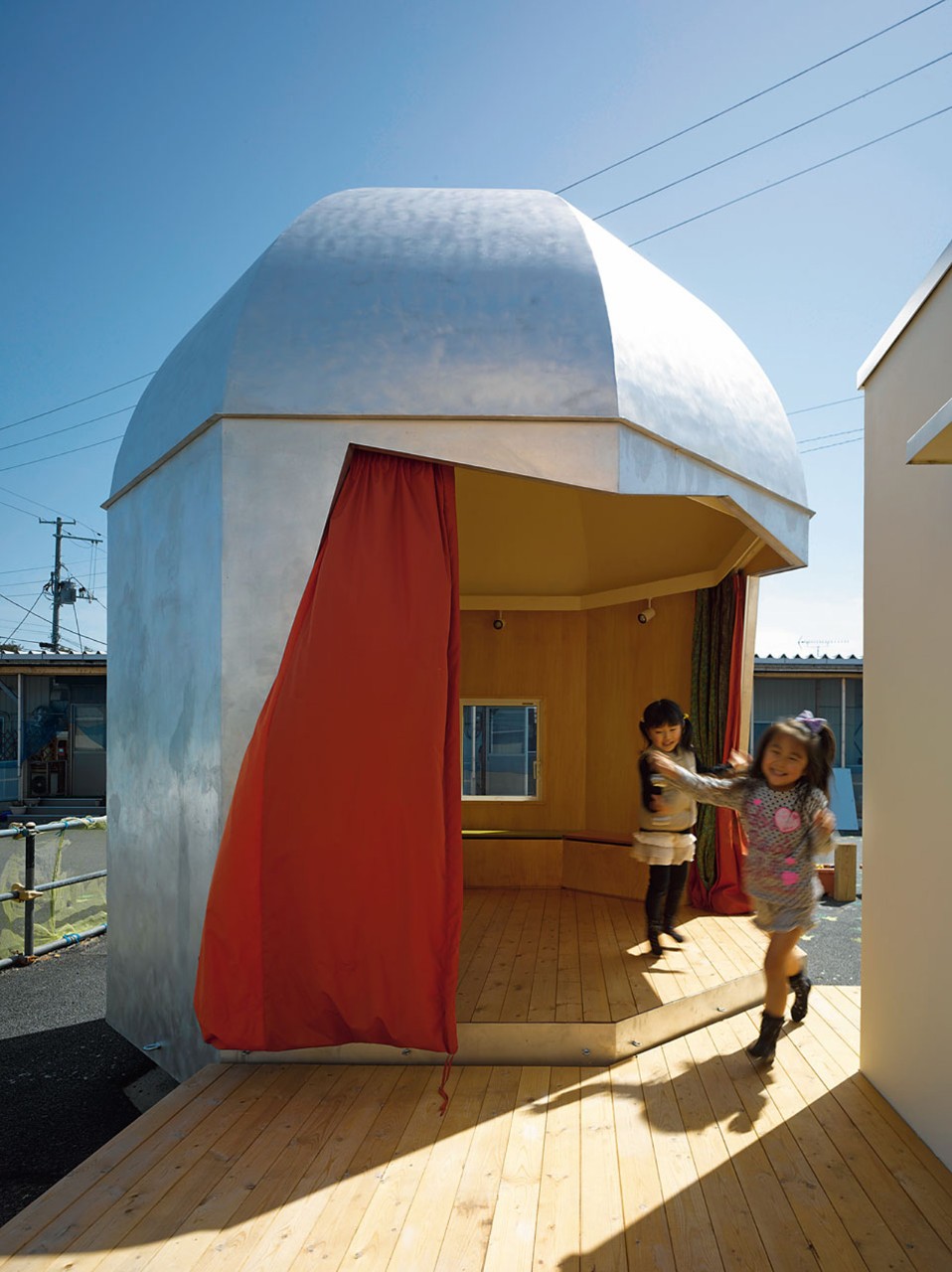
Then it dawned on me that this was no accident. For Ito, the disaster posed fundamental questions regarding the purpose of architecture. With this small project he had deliberately engineered the process to transcend the individual egos of the architects, while bringing the local community in as equal partners in the design process. Sugawara was therefore as responsible as the architects were for its form and character.
As we talked, the space she presided over welcomed neighbours, workers, casual observers and curious outsiders, clambering up the external stairs to take in the view, or joining us in front of the stove for a chat. All were welcomed as I was — somehow real conversations between strangers were possible here. This, it seemed to me, was what a public space should be: both an intimate kernel for an emergent community as well as an open place for encounters with outsiders.
